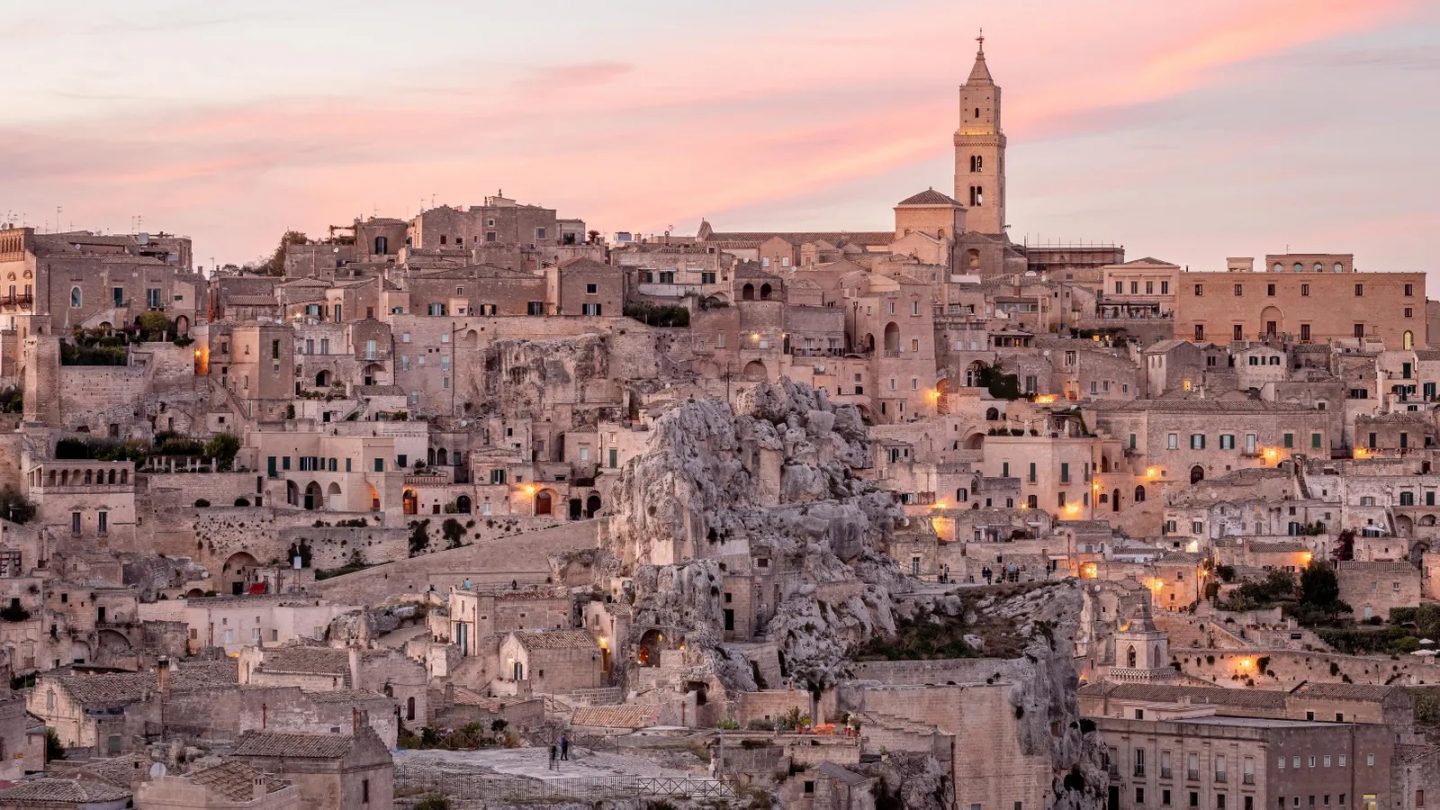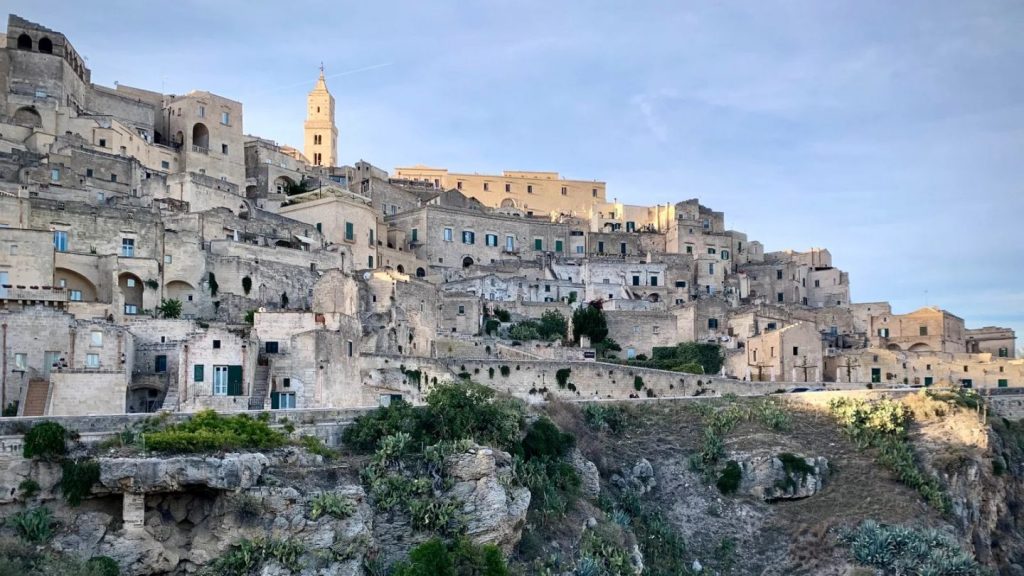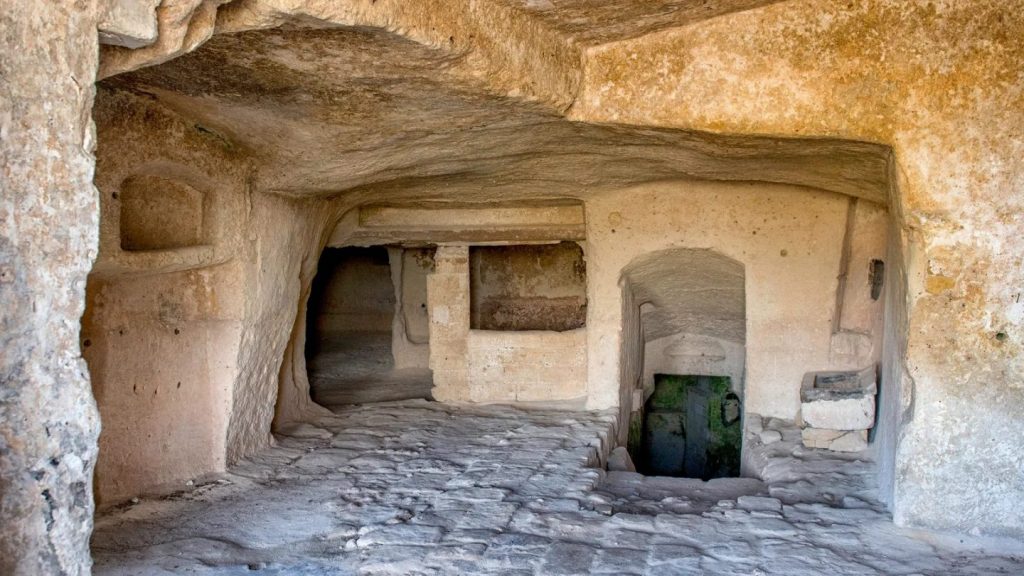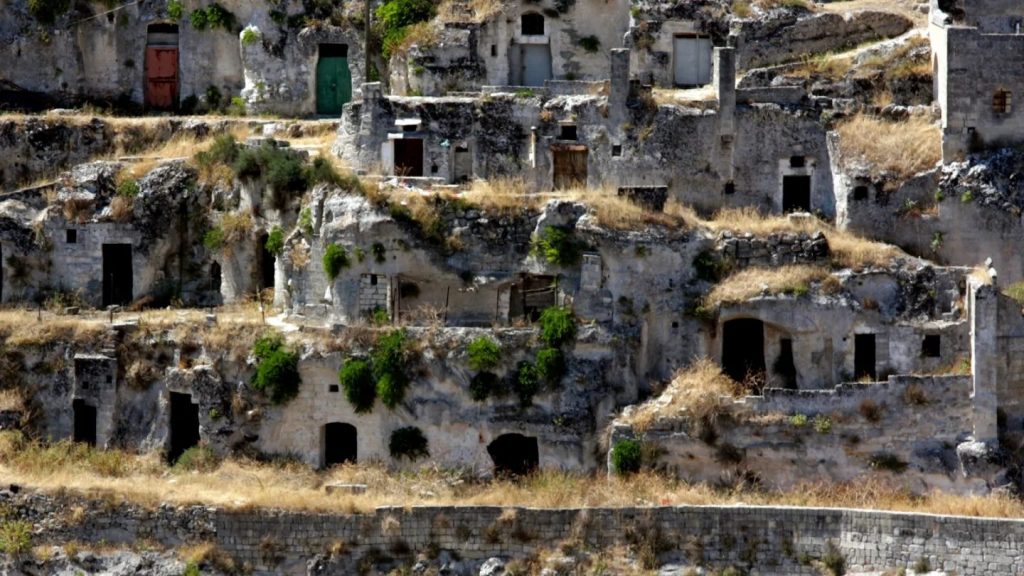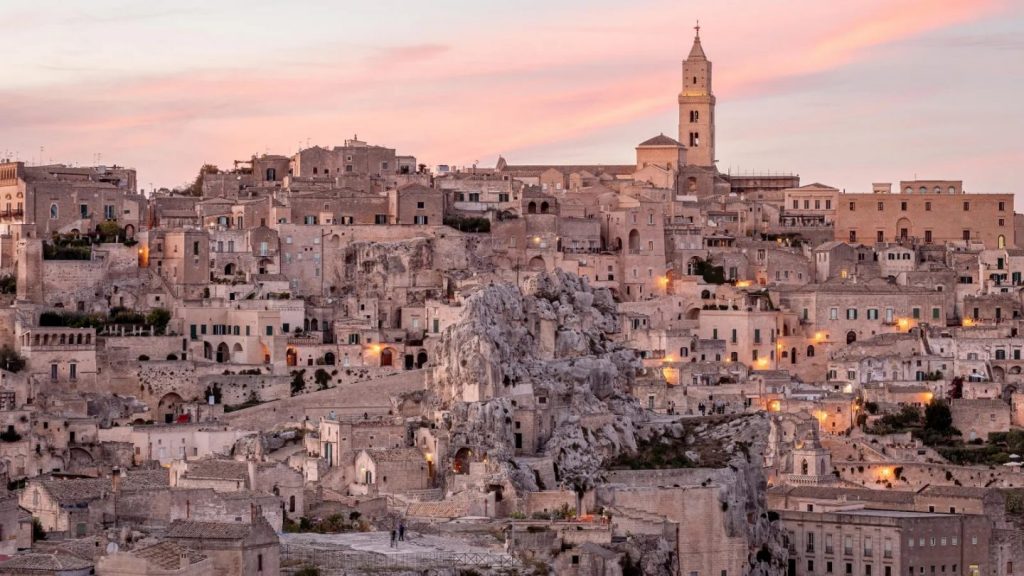Despite once being declared ‘a national embarrassment’, Matera’s ancient stone dwellings and water systems are now renowned as a model for sustainable living.
By Elizabeth Warkentin for BBC – I was having coffee with Antonio Nicoletti in the Piazza Vittorio Veneto in the southern Italian city of Matera, when he recalled how the piazza was abuzz with anticipation in 1991. “When I was much younger than now, this whole area was just a regular paved road, with cars, parking and a few flower beds. One day, when I was 17, one of the flower beds started to collapse,” he said.
Nicoletti, now a civil engineer, urban planner and director of the Basilicata Tourism Board, recounted how workers were brought in to see what was happening underground. He and his friends would hang around, fascinated by the goings on. “There was a man wearing scuba gear and carrying an inflatable dinghy who went underground to explore. Just like in a movie,” he recalled.
It turned out that the flower bed had been built on top of a giant cistern adjacent to the ancient Sassi, the old cave district of Matera. Inhabited since approximately 850 CE, the Sassi district was famously declared a “vergogna nazionale” (a national embarrassment) by the Italian government in the early 1950s, when it was discovered that residents were living in squalor, without proper access to clean water, electricity or sewage. The Sassi was evacuated, and the 20,000 residents relocated to newly built apartment buildings in the modern suburbs.
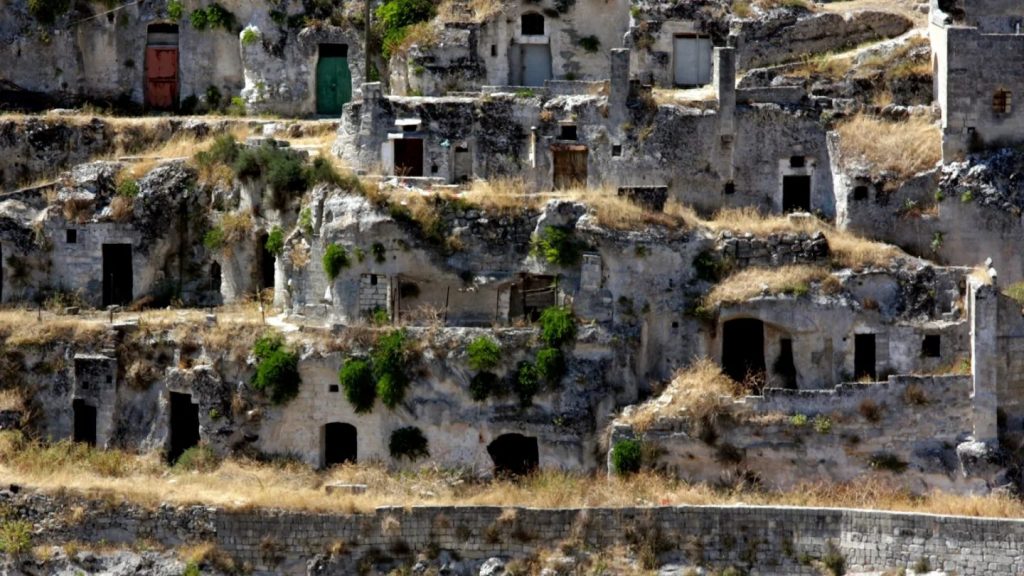
The rediscovery of the cistern was a shock to many, both in and outside Italy. However, for many Materani – those who had grown up in the Sassi and their descendants – it only reinforced what they already knew: Matera was not a backward place. Before its tragic fall from grace due to poverty, overcrowding and widespread illness, Matera had been a successful, advanced community with an impressive subterranean system of rainwater collection and canalisation.
From the 9th Century, the Sassi was home to a tightly knit community of landowners, artisans and merchants – and, later, peasants and shepherds – who had adapted to life in the largely barren, rocky surroundings.
Their stone homes were conducive to cool winters and hot, desert-like summers, and the caves they dug out of the soft limestone behind their homes were ideal for storing food as they kept a constant temperature.
The inhabitants also created a simple but ingenious reservoir system carved out of the stone that collected and filtered rainwater. “For a city, access to watercourses is very important,” said Sabrina Centonze, an architect specialising in low-impact housing. “In their absence, Matera exploited spring water and rainwater, collecting them in various types of cisterns that were suited to different purposes.”
Waste, wastewater and manure were recycled. The largely self-sufficient community grew its own produce in gardens created on the roof of the dwelling below or in the countryside surrounding the old stone city.
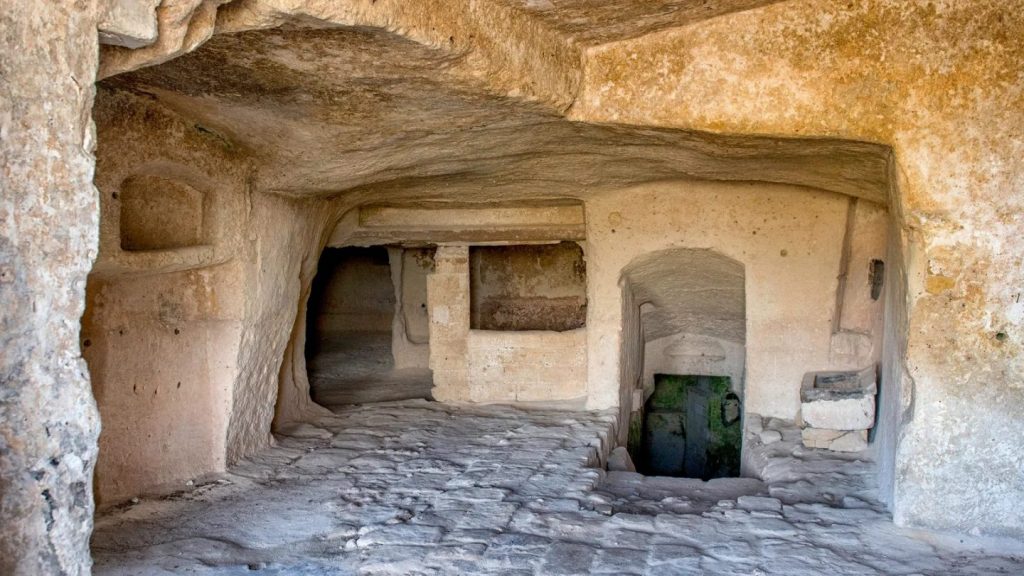
And according to Rita Orlando, an architect who works as cultural manager for the Matera Basilicata 2019 Foundation, residents were mostly vegetarian. “This is a peculiarity of farming culture. Meat was quite expensive, and the majority of people couldn’t afford it except on special occasions. Legumes were a significant source of protein,” she said.
Residents maintained a community-oriented, circular approach to life.

